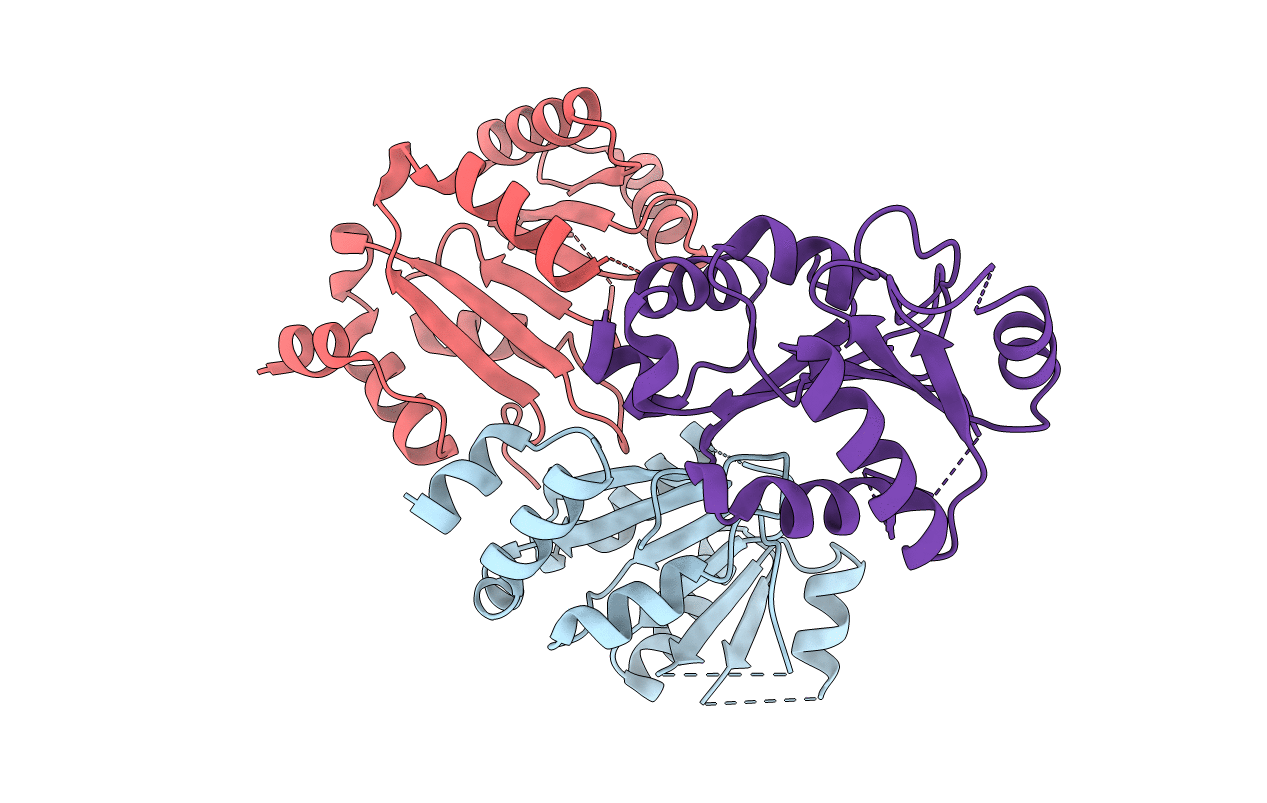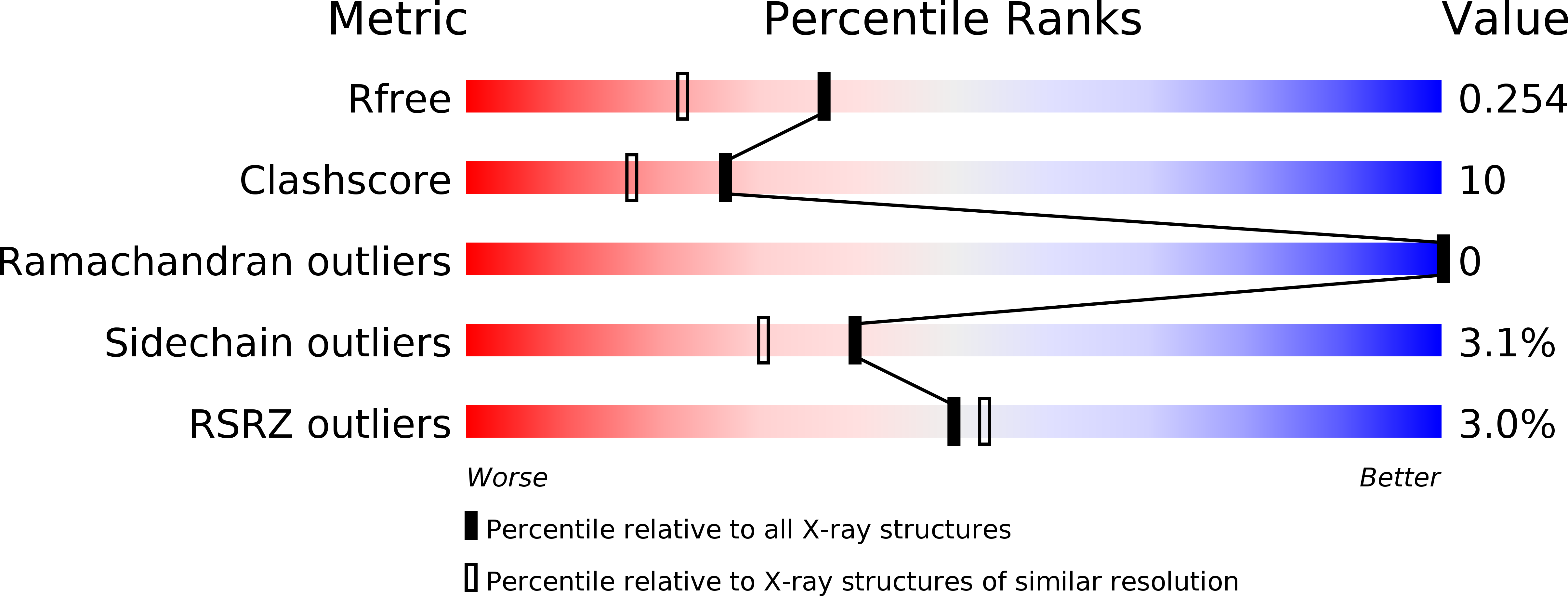
Deposition Date
2007-02-13
Release Date
2008-05-13
Last Version Date
2023-12-13
Method Details:
Experimental Method:
Resolution:
1.91 Å
R-Value Free:
0.25
R-Value Work:
0.19
R-Value Observed:
0.20
Space Group:
P 1 21 1


